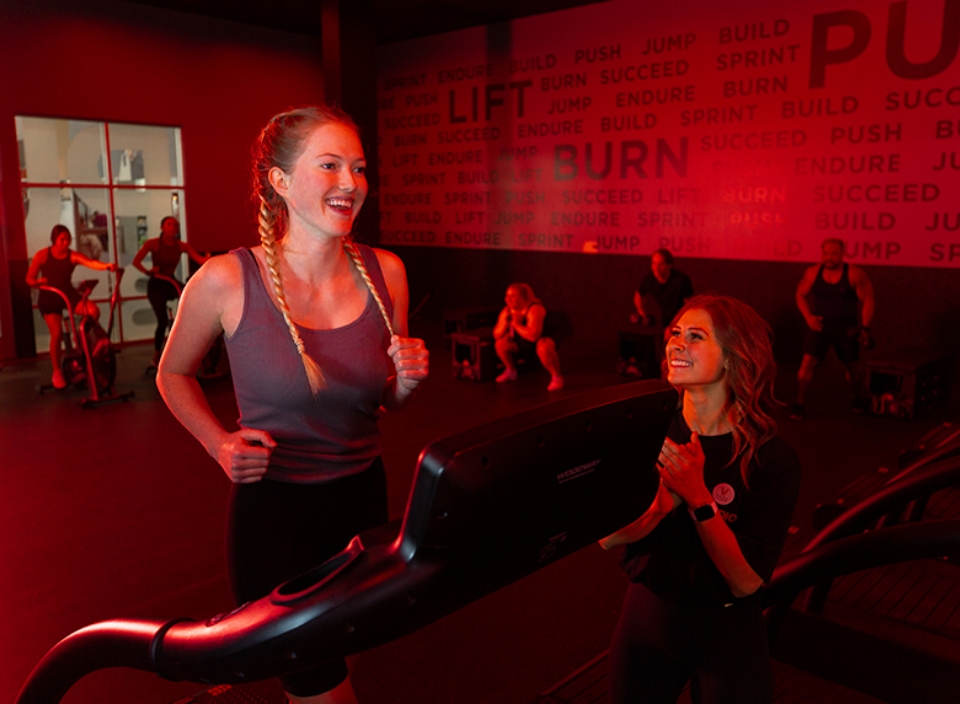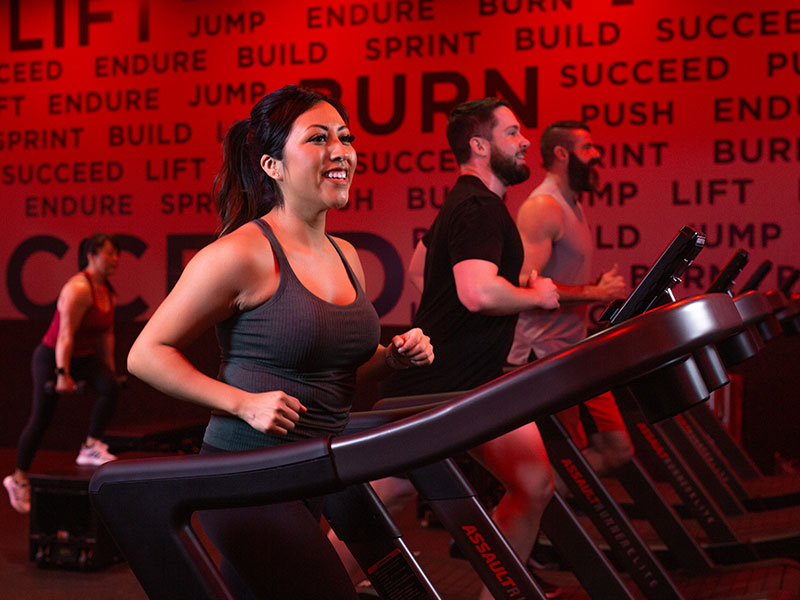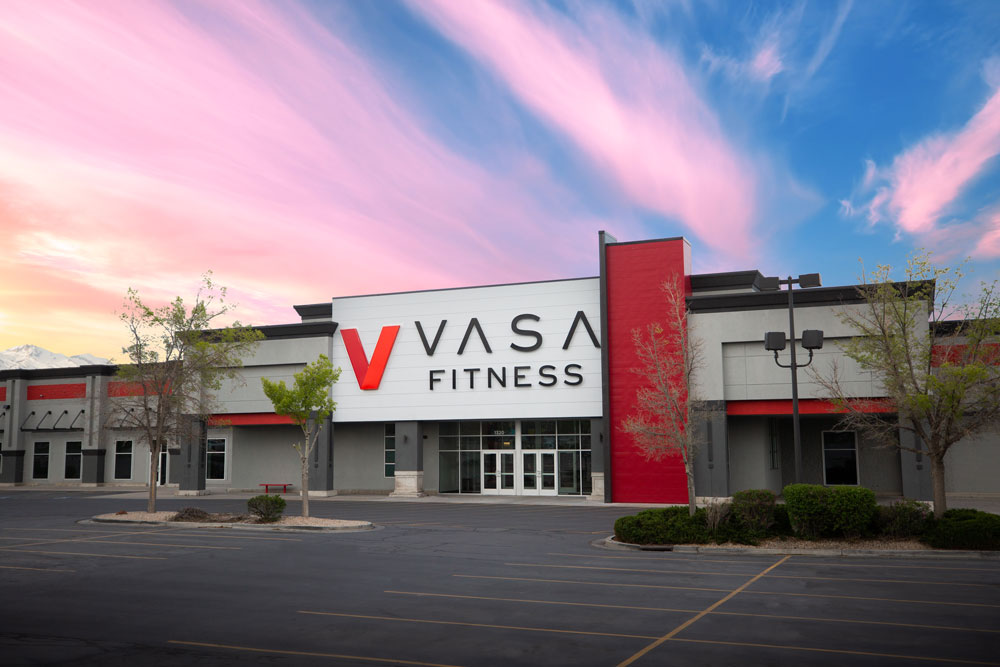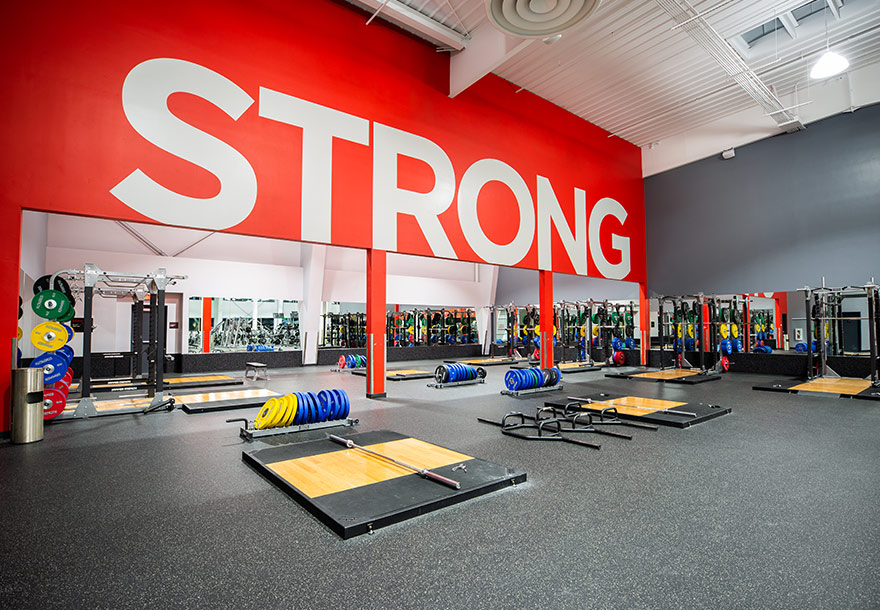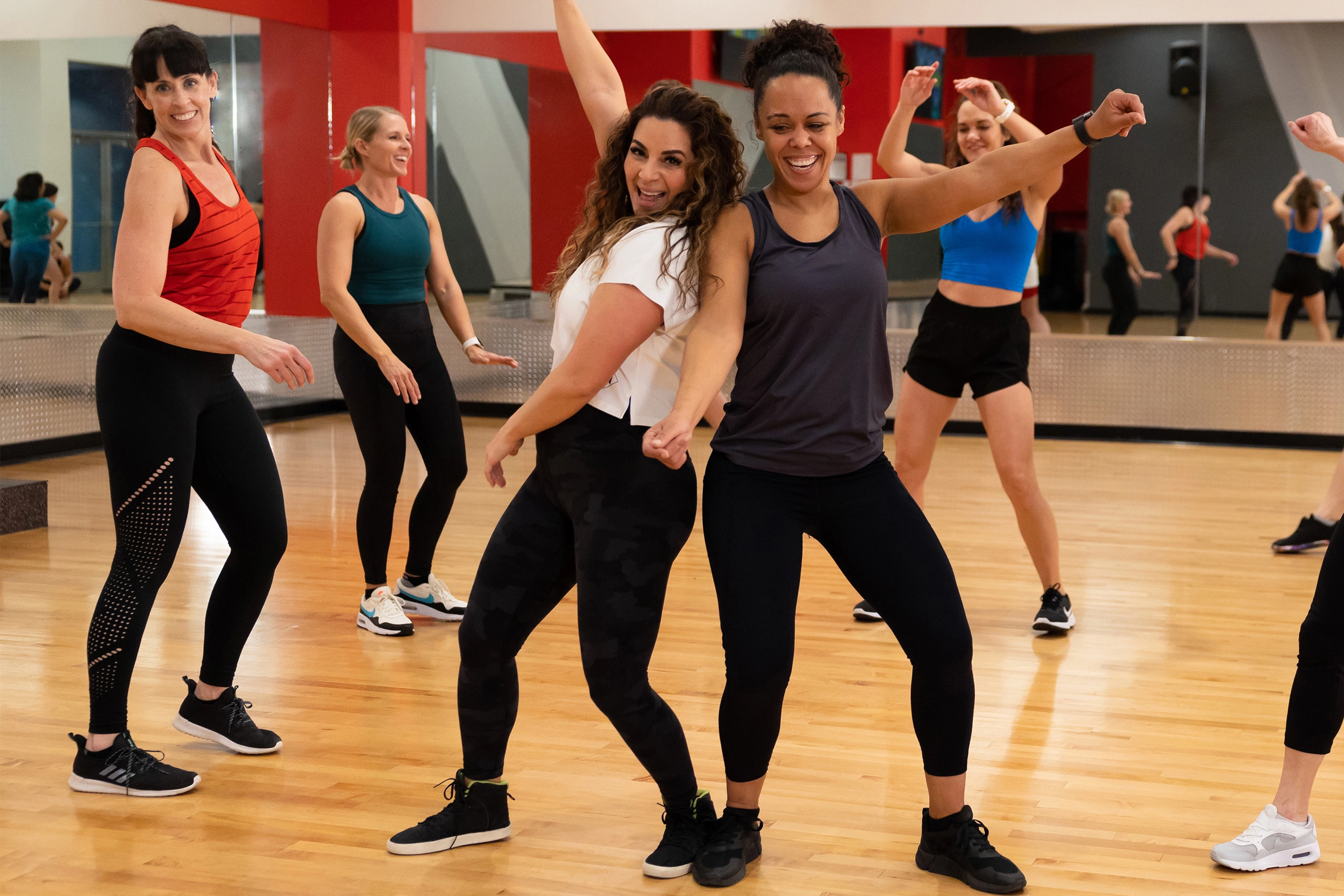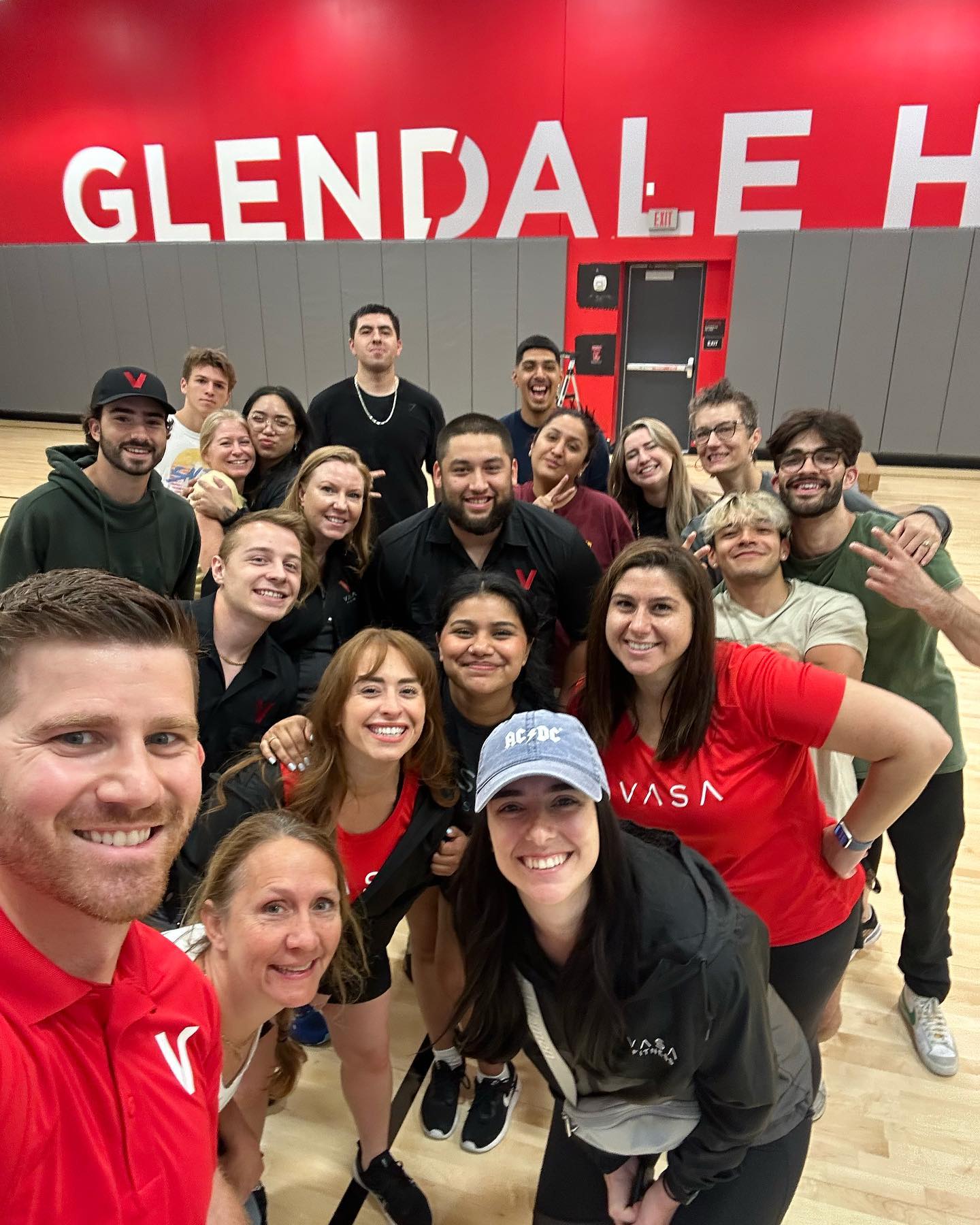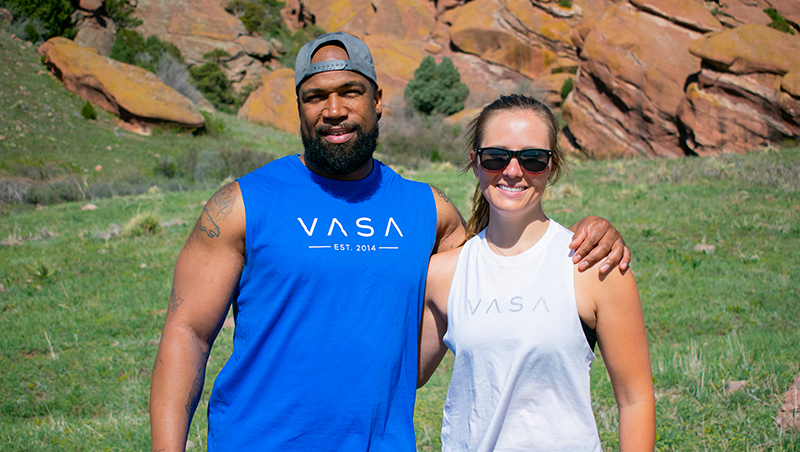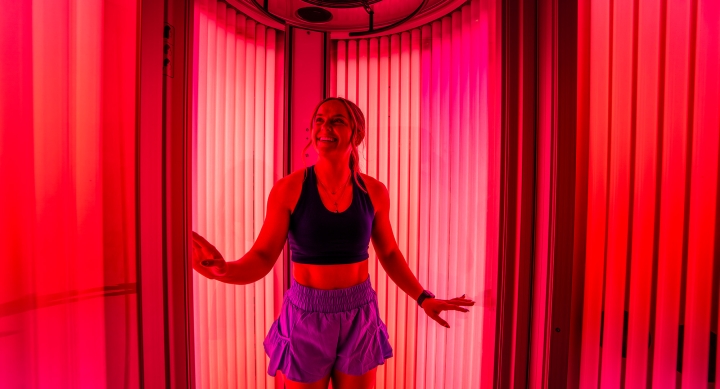Recovery and Rest: Why is it Important to Include Recovery Time in a Workout Program?
Recovery and rest between tough workouts are two of the most overlooked aspects of fitness routines. Your body is like a car that needs to refuel its gas tank more frequently the faster or farther you drive it. If you don’t take the time to stop at the gas station, you’ll end up breaking down on the side of the road.
Recovery allows the body to repair itself and prepare for future workouts. When you allow your body to adapt to your hard work, you will feel fresh and perform at your highest level. When rest and recovery are skipped, you’ll notice decreased motivation and performance, signaling that you need to take a break. Taking a day between hard workouts allows for physical and mental recovery, which in turn can keep your motivation high.
Overtraining Syndrome can occur when you exercise too much without giving your body enough time to recover over several weeks to months. Symptoms of overtraining include feeling tired all the time, depression, loss of motivation, poor sleep, mood disturbances, a weaker immune system, and decreased physical performance. It usually takes about the same amount of time to recover from overtraining as it took to get there in the first place. The best approach is to avoid overtraining by following a structured fitness program that includes strength, cardio, mobility, and recovery exercises. This balance can help you achieve long-term success, rather than just a quick fix.
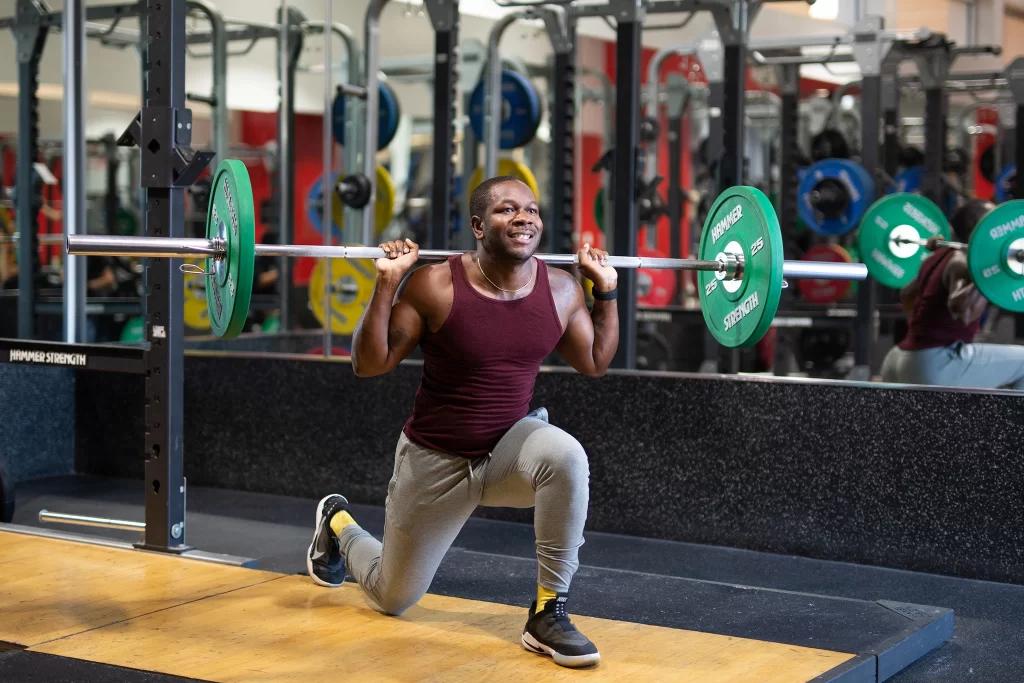
Sleep and Nutrition: Part of a Balanced Exercise Program
Sleep and nutrition are the most important factors in recovering from grueling workouts and preventing extreme muscle soreness. The average American adult does not get enough quality sleep. When intense exercise sessions are added to your training program, results are hard to achieve because your body is over-stressed and under-recovered. Getting seven to nine hours of high-quality sleep is important for recovery since this is the biologically established amount of time the body needs to repair itself. So, if you’re cutting your sleep short, you’re limiting your ability to recover from your workouts, and your performance will diminish over time.
Eating plenty of protein also aids in recovery from tough workouts. Protein helps repair and build tissues, such as muscles and tendons, typically damaged in hard workouts. It also helps with other important bodily functions, like metabolism and fluid balance, and keeps the immune system in good shape. Aim for your ideal body weight in grams of protein daily to get enough to help your body repair and grow.
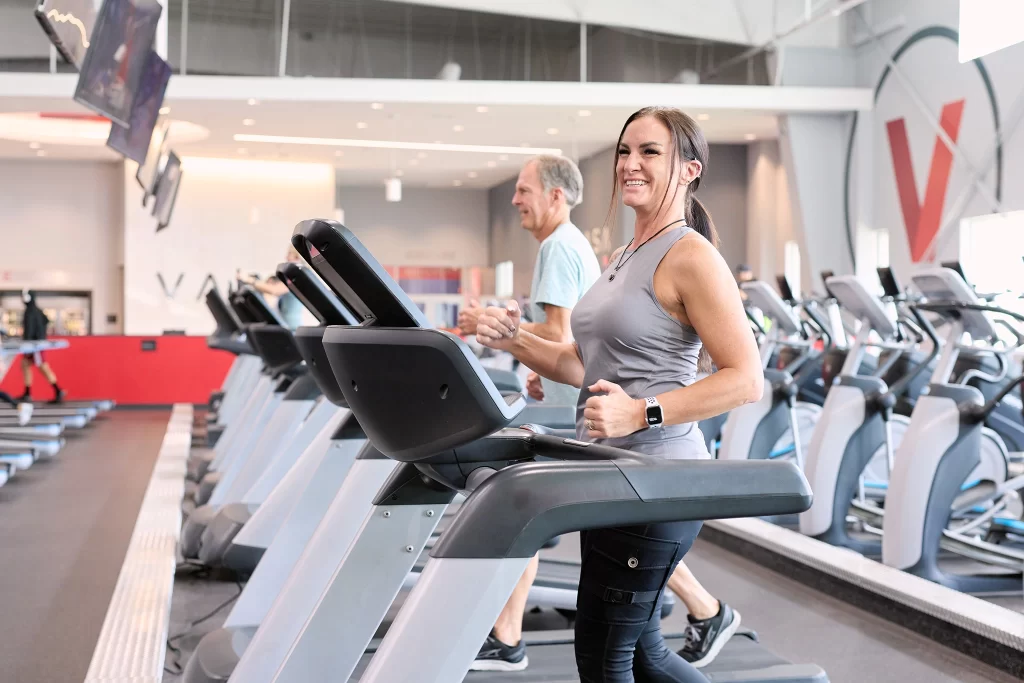
How Many Rest Days is Best?
Incorporating adequate rest days into your workout routine is essential for muscle recovery, injury prevention, and performance enhancement. The optimal number of rest days varies based on exercise intensity, fitness level, and individual goals. Generally, taking at least one to two rest days per week is advisable to allow your body to repair and strengthen. Additional rest days may be necessary for those engaging in high-intensity workouts or strength training to prevent overtraining and promote muscle growth. Listening to your body and adjusting rest days is crucial; signs like persistent fatigue or decreased performance may mean you’re doing too much exercise and indicate the need for more rest.
Active Recovery vs. Passive Recovery
Understanding the distinction between active and passive recovery can optimize your fitness regimen. Active recovery involves engaging in low-intensity activities, such as walking, gentle cycling, or yoga, which enhance blood circulation and aid in muscle repair without placing additional stress on the body. This approach can reduce muscle soreness and improve flexibility. Conversely, passive recovery entails complete rest, allowing the body to recuperate without physical activity. Both recovery methods are valuable; active recovery can be particularly beneficial following intense workouts, while passive recovery is essential when experiencing significant fatigue or after especially strenuous exercise sessions.
Workouts for Recovery
Workouts can be used for recovery. Blood flow is another important factor in recovery and can be achieved at low intensities. Walking, cycling, bodyweight mobility drills, and stretching all force blood to pump around the body while keeping your heart rate low. The more nutrients the blood can deliver to the muscles, the faster they can repair and sometimes reduce feelings of soreness. Low-intensity activities are a great option if you’re going to ‘skip’ rest days.
A great way to get in a recovery day workout is to go light and focus on full range of motion exercises. Here’s an example of what that looks like:
- Warm Up: 10 minutes of treadmill walking or cycling (heart rate stays between 110-130)
- Couch Stretch, 1 minute per side
- Twisted Cross Stretch, 1 minute per side
- Cat Cow, 2 minutes
- Quadruped T-spine Rotation, 1 minute per side
- Bird Dog Arm & Leg Extensions, 1 minute per side
- Cool Down: 20 minutes of treadmill walking or cycling (heart rate stays between 110-130)
Taking a day or two a week to allow your body to recover, in addition to proper sleep and eating enough protein, will significantly enhance your fitness journey. If you’re not sure where to start, STUDIO FLOW infrared yoga is a great option for recovery workouts. The heat of the infrared panels gently warms the body to promote blood flow, and Deep Stretch or Restore classes help you take advantage of full ranges of motion positions at low intensities so you’re ready to crush your next workout.
RECOMMENDED
SUBSCRIBE TO OUR BLOG
Enter your email to start receiving our blog emails!
